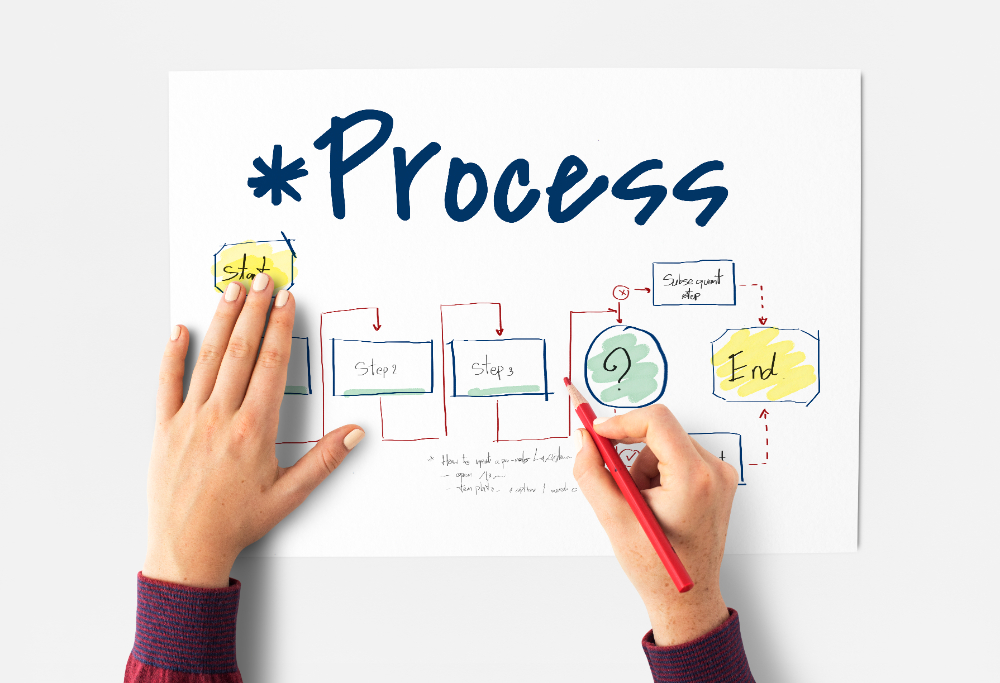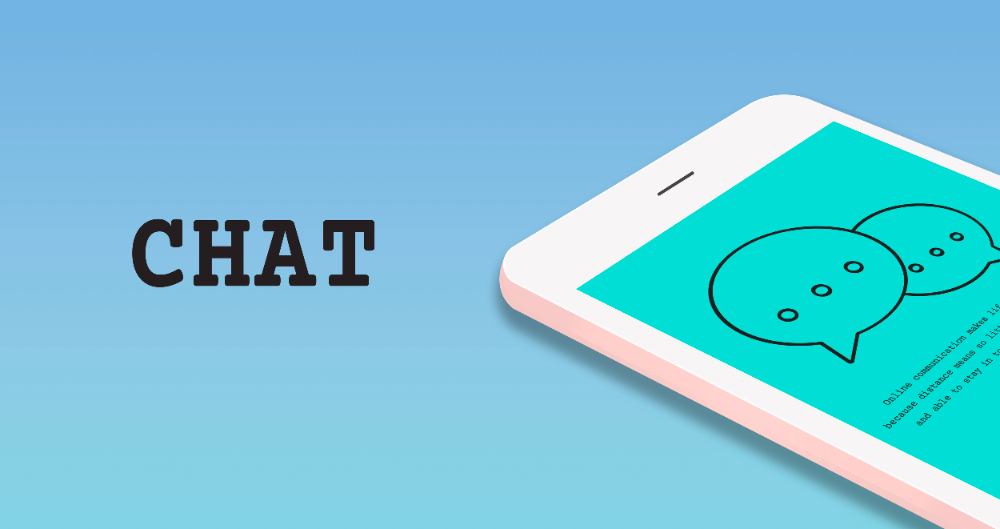Table of Contents
- Understanding Critical Thinking
- Strategies for Teaching Critical Thinking Through Digital Media in the Classroom
- Mini Research Assignments
- Interactive Material
- Gamification
- Digital Storytelling Activities
- Strategies for Different Stakeholders
- Students
- Parents and Libraries
- Instructional Designers and Educational Software Developers
- School Administrators and Educational Researchers
- Non-Governmental Organizations and Entrepreneurs
- Challenges and Solutions
- Conclusion
It is the Maths class of a middle school and the teacher entered the classroom. Students' eyes sparkled with excitement when the teacher switched on the multimedia to share PowerPoint slides to teach. After every four to five slides, there is one critical question on the slide that lets students critically analyze different math concepts. This keeps them engaged throughout the classroom.
In this scenario, the interactive slides and critical questions demand students to remain active in the classroom and use their cognitive skills to analyze math concepts. This approach is developing their critical thinking skills, enabling them to apply math in real life.
A lot of educators and researchers agree that technology or digital media is helping tutors enhance critical thinking skills in students. What is this skill about and how are they developing it? Let's discuss it in this blog.
Understanding Critical Thinking
Critical thinking is defined as thinking deliberately and rationally without any emotions or perceived notions. It is evaluating the evidence and strategically coming to any conclusion rather than making surface-level judgments. It includes analyzing, collecting evidence, problem-solving, self-regulation, growth mindset and explanation skills.
Brian Oshiro educator and trainer said: “We all have to deal with questions that are a lot more complicated than those found on a multiple-choice test.” He further added: “We need to allow students to grapple with questions that don't necessarily have one correct answer.” We can do this by emphasizing critical thinking in the classroom.
Researchers believe that students need critical thinking skills to be successful in academic and professional life. Stanford’s Learning Policy Institute found that hiring experienced teachers who emphasized critical thinking has helped school districts in the state of California to close decade-long student achievement gaps.
Strategies for Teaching Critical Thinking Through Digital Media in the Classroom
Daniel Willingham is a professor of psychology at the University of Virginia. His research emphasized that teaching critical thinking is a difficult task because students don't see the benefits of it and are more likely to feel bored or unmotivated to learn about it. In this case, a teacher should use digital media in the classroom to teach or enhance critical thinking. Different researches have shown that the use of digital media in the classroom enhances student's interaction and interests. Some strategies for applying it in critical thinking projects are:
Mini Research Assignments
You can give small research assignments to students in the classroom that allow them to think critically and collect evidence related to the topic. You should make sure that the topic enables them to add their opinions along with solid evidence. For example, how to prevent deforestation or why the driving age should be raised to 18. Give them these kinds of critical questions and allow them time to research and think.
Here, teachers can use any classroom management software that has web-limiting capabilities so that students don't go on irrelevant pages. Students can jot down their thoughts on Google Docs and share them with teachers who can share the feedback on that document.
Interactive Material
You should use different interactive tools in the classroom to make critical thinking interesting. This can include quizzing, playing games, and using discussion forums or blogs.
There is a social media platform Padlet where you can add any critical question on the virtual wall. Students can add answers to this question in the comments section. For creating critical questions for each classroom, teachers can use QuizGecko to generate different quizzes from each lesson within a few seconds.
Gamification
There are different quiz apps such as QuizPlus and Kahoot that students and teachers can use in the classroom for having a quiz game. This gaming element is essentially crucial for elementary and middle-grade students as they would remain engaged in this way.
In one research, researchers used the Quizizz app to develop critical thinking in the students. Each student in the middle-grade class has a screen. There is one feature of Quizizz that gives an avatar to students when they type in their names. These avatars excite students and they become more eager to use this app for learning about productive and unproductive questions.
Digital Storytelling Activities
Storytelling is a crucial skill for teaching reading and writing in classrooms. Allowing students to tell their personal stories gives them confidence. The skill of storytelling also enhances their critical thinking skills.
Every subject can benefit from storytelling because it can include telling the personal story or telling the story of any event or person. In the personal story, they can tell how they can add certain math, philosophical or scientific concepts to their lives.
You can make this assignment interesting by adding digital aspects to it. Different AI tools create animated videos and characters, enabling students to visualize their stories. This visuality will make storytelling sessions productive.
Strategies for Different Stakeholders
How can other stakeholders help teachers in teaching critical thinking? Let's discuss it.
Students
Students should use different digital tools outside of the classroom to develop critical thinking. They should follow the instructions of teachers and put in some extra effort to enhance their critical thinking.
Parents and Libraries
Parents should provide all the resources to students they need. They should develop a structured routine for students so that they can dedicate time to learning soft skills. Moreover, they can use the Family Link app to monitor their kid’s devices to ensure that they are not getting distracted.
Moreover, Libraries can provide e-resources to students so that they can research and find different evidence for their critical thinking assignments. ResearchGate, JSTOR and PDF Drive contain a lot of publications and research articles.
Instructional Designers and Educational Software Developers
Software developers should develop classroom management software that enables teachers to add different aspects of critical thinking. For example, LanSchool is the software that has Screen monitoring, messaging, raise hand, web limiting capabilities and other features that enable teachers to manage the classroom while conducting different critical thinking activities.
School Administrators and Educational Researchers
The administration should implement different critical thinking games and activities in their curriculum. Moreover, they should train teachers to implement critical thinking in the curriculum. Researchers can help them by providing effective teaching methodologies and a list of effective digital tools
Non-Governmental Organizations and Entrepreneurs
NGOs and Entrepreneurs can collaborate with schools to provide them with funds for adding digital tools in the classroom. Moreover, they can create different campaigns to raise awareness about digital literacy and critical thinking.
Challenges and Solutions
Teachers can face various challenges in using digital media for critical thinking. It can involve resistance from students, lack of funding, time constraints and getting overwhelmed with this new situation.
They can solve these issues by using free digital tools or asking the administration to give them access to all necessary digital tools in the classroom and library. Moreover, they can make a discussion forum with their peers so that they all can share different strategies for applying critical thinking activities in the classroom. They should add small activities at the beginning of the year and gradually make it complicated so that students can get familiar with it.
Conclusion
So, digital tools can help teachers in teaching and enhancing the critical thinking of students. It is a tough thing to teach so teachers need the help of digital tools. In this case, school administration, libraries, NGOs and parents should also play a great role. Together they can help their kid to become a thinker.

































Comments are closed.